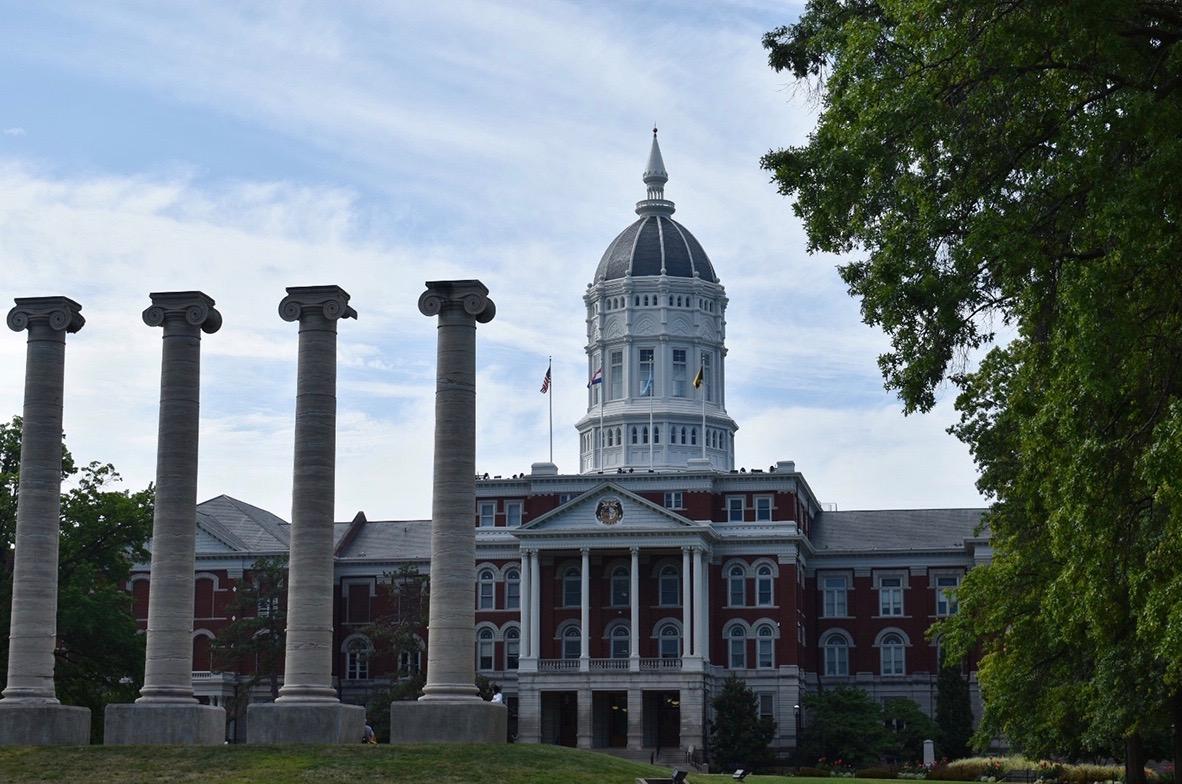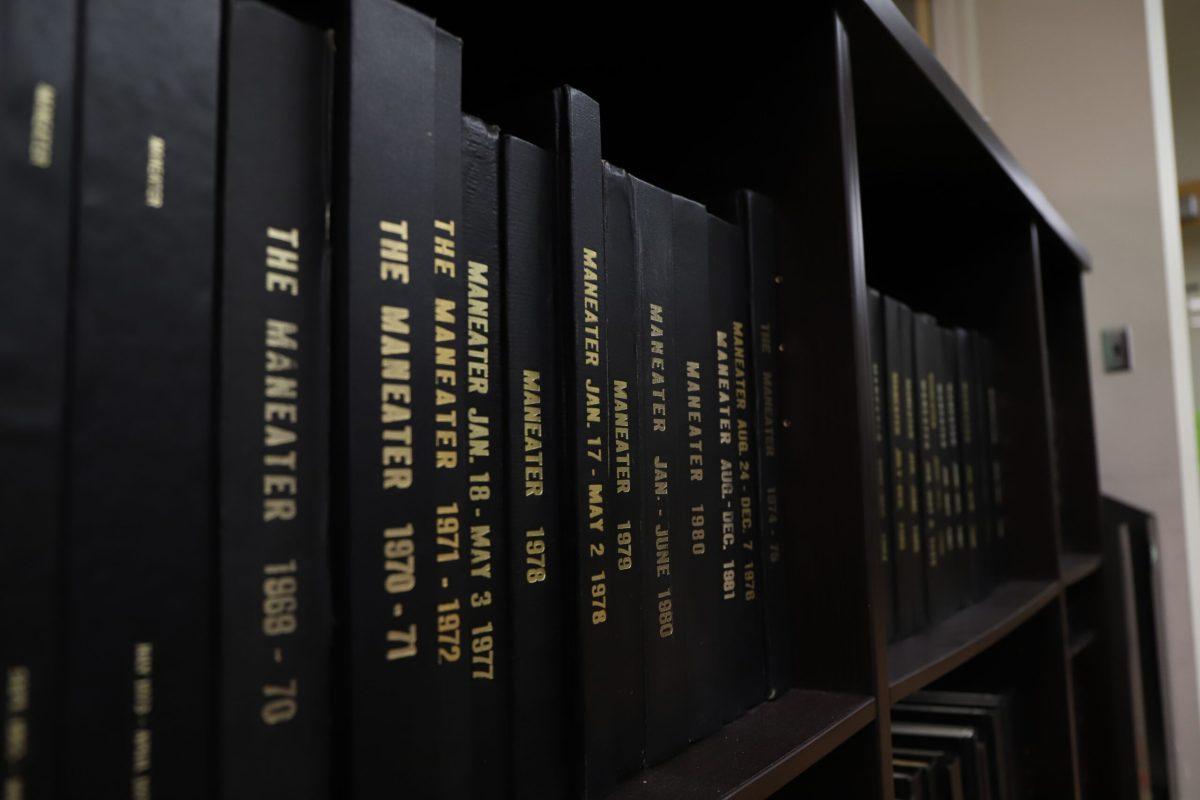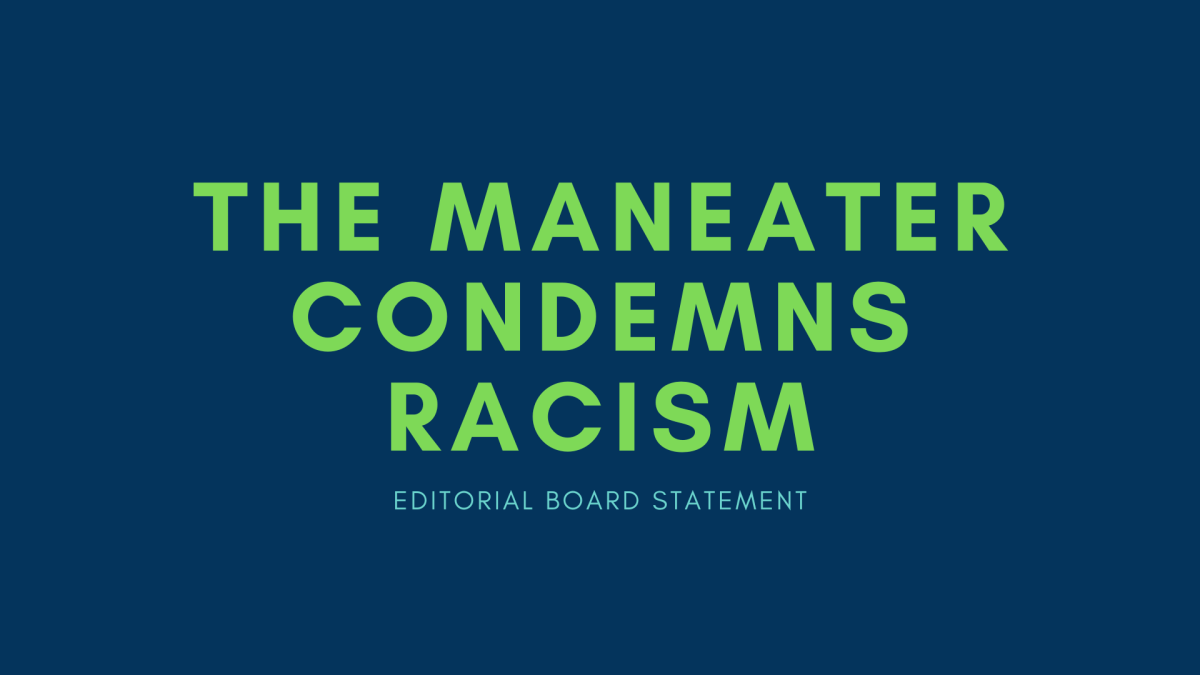Through a complete lack of transparency and accountability, the University of Missouri has made it perfectly clear that it’s willing to risk the lives of this community.
As of Aug. 31, there have been 659 active cases of COVID-19 in Boone County. According to MU’s Show Me Renewal dashboard, there are 415 active student cases from the university alone at the time of writing. Yet when looking around our campus and city, it’s hard to believe there’s a pandemic going on at all. In the last week, students in Columbia have showcased their total disregard for social distancing and mask policies at large public gatherings and parties.
MU’s administrative response following the decision to allow students back on campus may be fatal.
###Introducing #CampusClear###
Recently, MU announced every person on campus was required to download the app #CampusClear and report their symptoms on a daily basis. If a student displays symptoms, they are told to stay off campus. If they report no symptoms, they are permitted in campus buildings. There are two immediate issues with the use of this app:
1. The university didn’t notify the MU community of this mandate until Aug. 17. By this point, hundreds of students had already moved to Columbia and been on campus. It’s likely some of these students were experiencing symptoms but entered campus facilities either unaware they weren’t supposed to, or knowing that they wouldn’t face administrative repercussions.
2. Though students sign into the app with their MU student accounts, the university has not set up a system that utilizes this information to promote safety on campus. Yes, students with symptoms are advised to stay off campus, but there is no one checking these app responses at the doors of on-campus buildings or any kind of screening. Despite the administration’s statement that specified locations will use the app to designate whether or not a student is cleared to enter, these locations have yet to be named. Meanwhile, campus is free range to all.
Hypothetically, a student who marked that they were experiencing COVID-19-adjacent symptoms and was advised to stay off campus is entirely able to walk into the MU Student Center and put others at risk without notice.
The university’s move to mandate daily symptom checks through #CampusClear is ineffective and is widely received by students as no more than a suggestion.
###Welcome groups###
Despite broadcasting their support for social distancing protocols via social media posts and putting distancing-related stickers across campus, MU contradicted itself by asking residential assistants to lead student groups of 20 for Welcome Week.
Intended to give freshman students a full introduction to the University of Missouri, Welcome Week is a longtime tradition that includes campus tours, information sessions, the Tiger Walk and the inclusion seminar; Citizenship@Mizzou. Though most events were hosted online, RAs on campus still led tours and had their groups do a downsized version of the Tiger Walk. Given the size of our campus and that most classes are currently held online, campus tours are non-essential. Yes, the Tiger Walk is a beloved tradition of the university, but tradition should not be valued over the safety of this community.
After addressing their concerns over the matter, Welcome Week was made optional for resident advisors. Though the RAs that decided to hold tours anyway consciously decided to do so, MU should never have made the option of in-person Welcome Week activities available. Meeting in large groups like this for the sake of the freshman experience is a danger to both the resident advisors and students involved.
###Reporting cases###
MU launched a dashboard on Aug. 24 that tracks the amount of active student cases as a part of its Show Me Renewal plan. According to this page, the administration has decided to refuse to confirm or name individual cases for the sake of privacy. Though the university has claimed that they will alert those who have likely been in close contact with a confirmed case, this raises some concerns. Students interact with plenty of people outside the classroom or in a campus work environment. Putting the university in charge of ensuring that every bystander an infected person comes in contact with is informed is an ineffective measure that will not be able to cover all the bases. Though the student body is entitled to its privacy, we feel that at least naming the location of an outbreak is a worthwhile safety measure.
The dashboard immediately addresses that, while students are required to report cases to the university, cases which went untreated or were confirmed externally from MU are not accurately recorded. Therefore, the data we are seeing on this website are not representative of the actual situation within the student community. It is likely that there are significantly more student cases in Columbia than what is being reported.
###Testing###
In regards to testing plans, it’s no wonder Scientific American ranks university responses on a scale from MU to UIUC.
Currently, the University of Illinois at Urbana Champaign is testing every student on campus twice a week for free. Students are only permitted on campus after receiving negative results which are delivered within hours via the Safer Illinois app. Those who are not up-to-date on their mandatory testing or who receive positive test results are denied access to on-campus facilities. Additionally, UIUC has a total of 17 testing sites spread across campus in order to increase student accessibility.
The University of Missouri currently offers one public drive-thru testing site that’s located off the main campus at Mizzou North and an on-campus testing site that is located at the west side of the Virginia Avenue Parking Structure. The latter is by appointment only.
That’s right. Not only does MU not require students to get tested for COVID-19, it’s also failed to make on-site testing easily available for those living on campus. Though information was released about the on-campus site, there is no information about it on MU’s COVID Testing website, making it difficult for students to figure out how and where to get tested. The inconvenience of testing on campus could very well end up the reason a symptomatic student endangers others. MU should cater to the safety needs of the student body by providing more accessible testing locations.
According to a press release posted Thursday by MU Health Care, students who are experiencing symptoms or are in at-risk situations were told to get approval for testing by the Student Health Center before going to get tested at the Mizzou North site. Filtering this testing process gives the impression that MU would rather save money by limiting the amount of tests processed than allow any concerned or mildly symptomatic student that wishes to take a test to do so.
Additionally, the MU Health Care website claims that it will be charging $150 for a COVID-19 lab test. Though there is no immediate copay, patients will be billed through their insurance. Fortunately, students without insurance will face no charge. Despite this accommodation, we find it concerning that MU wants to charge students for anything COVID-relevant, given the circumstances.
###Tuition increase###
The University of Missouri Board of Curators in June voted to raise the price of tuition 2.3% at all schools in the UM System in an attempt to recover from “facing significant financial pressure due to the COVID-19 pandemic.”
In the 2019-2020 school year, the standard cost per credit hour for an in-state student at MU was $288. This year, it was raised to $311 but was reduced to $306 per credit hour as a result of an undergraduate tuition waiver. According to the MU Cashiers Office breakdown of undergraduate tuition, this waiver is “the result of university and state budget arrangements and may not continue in the future.”
Yes, universities are businesses. At the end of the day, the ultimate goal of a business is to make money. That being said, MU never directly sent out an official statement regarding the raise in tuition cost to the student body. Though external news outlets reported on the change in cost across the UM System, the university made no attempt to ensure that all MU students were informed of this. Furthermore, MU hasn’t commented on the cause for the increase or even bothered to specify how the additional revenue will be put to use.
In other words, students at the University of Missouri are paying more money to live in less safe conditions. In spite of the difficulties students have faced this past year, and in spite of the fact most classes are online and on-campus students will likely be sent home in a matter of weeks, MU sees an immediate need for financial gain.
It’s MU’s job to ensure that its students are informed on the important goings-on within the university and it has failed to do so.
###Disciplinary action###
Despite informing the community that it would enforce disciplinary action toward students who knowingly defy COVID-19-related health and safety guidelines, MU has yet to keep its word.
Recently, multiple cases were confirmed within MU fraternity and sorority houses in the days following in-person bid day celebrations. In the last week, this topic has been heavily covered by local and university news: MU is very aware this is a problem. Even so, the university did not take action to shut down these functions and has yet to release a statement or hold any of these groups accountable for refusing to social distance. As something that many anticipated as a potential safety issue from early on, it’s difficult to believe that MU was not prepared to control the situation.
Vice Chancellor for Student Affairs Bill Stackman posted on Twitter Aug. 12 that anyone who refuses to follow these guidelines “will be subject to disciplinary actions, up to and including suspension or expulsion.”
Despite this, no serious action has been taken by our administration.When organizations as large as Greek Life are engaging in activity that has the potential to make this situation astronomically worse, it’s the job of MU administrators to step in. MU’s inability to live up to its own disciplinary policy gives smaller organizations and individuals the idea that they will face no repercussions for ignoring campus health guidelines.
###A community issue###
MU’s response after allowing students back on campus has fostered an inexcusably unsafe environment, but this risk is not exclusively for the student body. It’s important to address that Columbia is not solely a college town. This city serves as a home to people outside of the university. MU’s lack of planning and disregard for its students will have an impact on the safety and well-being of the Columbia community as well.
The Columbia Missourian posted an article Friday in which MU Chancellor Mun Choi justifies staying open longer than universities of similar population size by saying that having a higher hospital capacity will lessen student risk. What Choi fails to understand is that there shouldn’t be a need for these hospital beds. Had MU been more prepared to allow students back to campus or taken proper, thorough steps to slow the spread of the virus, this wouldn’t have become as serious of an issue.
_As part of its commitment to highlighting organizations fighting for racial justice, the Maneater is encouraging readers to donate to Race Matters, Friends. This Columbia-based racial equality organization works to start conversations regarding structural inequality in our community and around the world. Donate at: https://racemattersfriends.com/_











